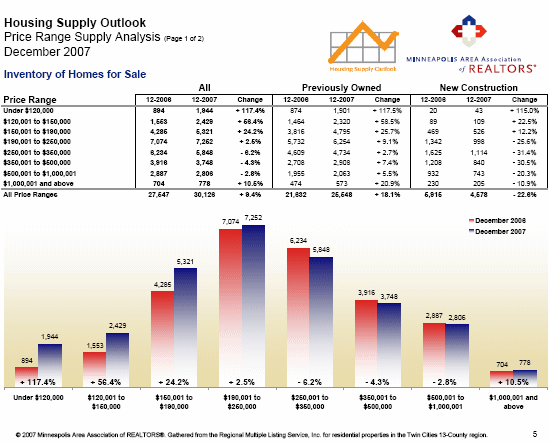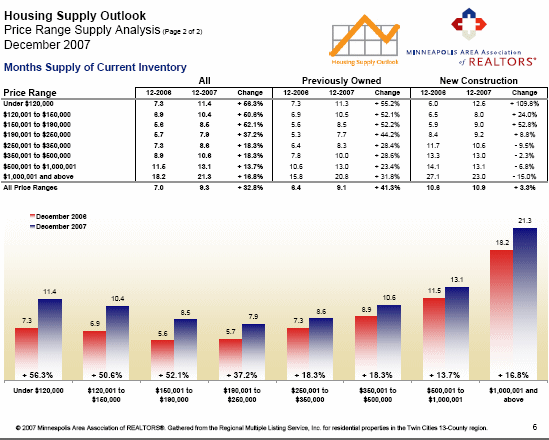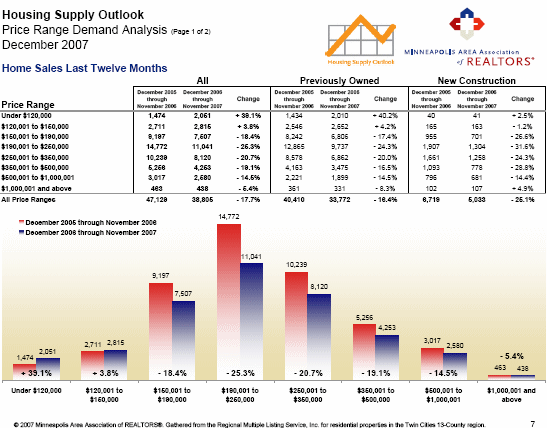Earnest Money and its role isn’t always understood, so I felt it would be good to give a quick overview:
What it Is
Earnest Money is effectively a deposit by the Buyer that is offered at the time of the offer.
How Much
Earnest Money is often 1% of the sales price, but can be significantly more or less depending on the situation. A quick closing may need less cash, a longer closing more. This is also a great way to show strength in a low offer as it shows a strong financial position and confidence in the transaction.
Where it Goes
Upon acceptance of the offer, the money is deposited into the listing broker’s trust account where it is kept until closing or until cancellation of the Purchase Agreement. At closing, the money is credited back to the Buyer on the HUD-1 Settlement Statement.
It’s Purpose
Earnest Money is used to assure the Seller that the Buyer is serious about consumating the transaction and gives them consideration in the event that the Buyer does not complete the transaction, assuming that they did not cancel for reasons permitted in the contract.
How a Buyer can Lose it
If a Buyer cancels the offer due to problems from their inspection or from failure to secure financing, they almost always have their Earnest Money returned. In condos and townhomes, a Buyer has 10 days from the date they received the association documents to review them and cancel the offer and get their money back if they desire. If a Buyer gets cold feet and wants to cancel well after completion of an inspection, they may lose their Earnest Money.




